Floristweb
Full Member
Decided to break a rock with a hammer. These are pictures of what I think is cinnabar with loads of visible mercury. Now I'm starting to wonder if some of the silver metal I've found in the pan could be naturally amalgamated gold/mercury. If so, can I safely/easily separate it?
I've seen quite a bit of this and just discovered what it possibly is (cinnabar) when breaking rock. Not sure what to do with it. Also, does cinnabar have much if any value by itself?
I have spent very little time prospecting on our property; (if you can call it that) and am amazed by how much I have to learn.
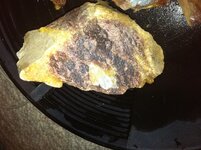
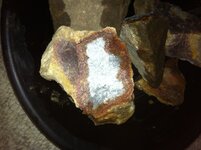
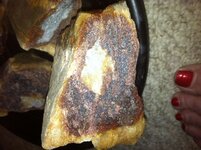
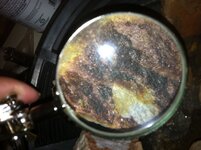
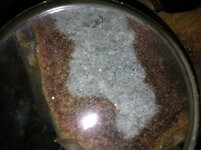
I've seen quite a bit of this and just discovered what it possibly is (cinnabar) when breaking rock. Not sure what to do with it. Also, does cinnabar have much if any value by itself?
I have spent very little time prospecting on our property; (if you can call it that) and am amazed by how much I have to learn.





Upvote
0







